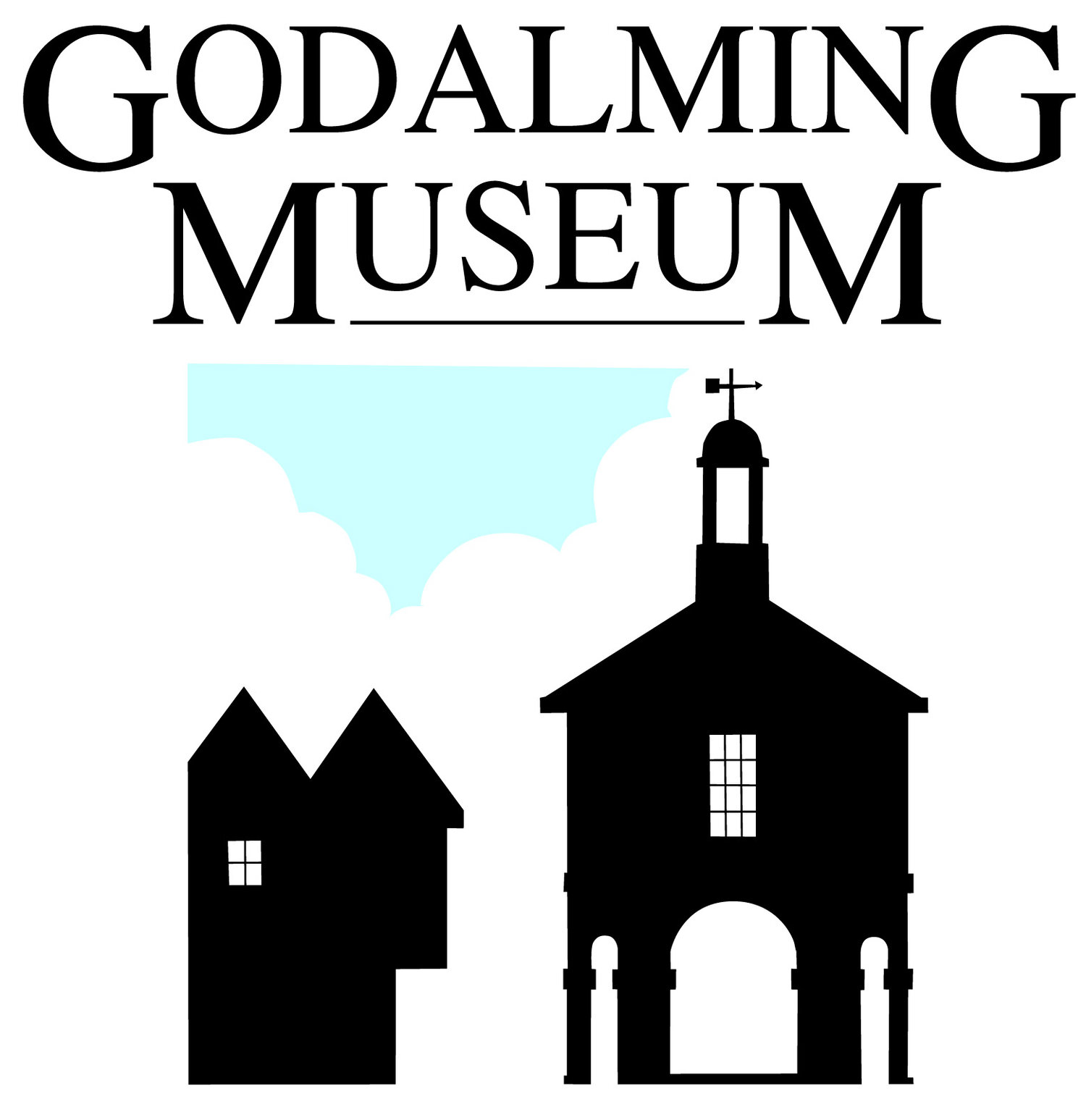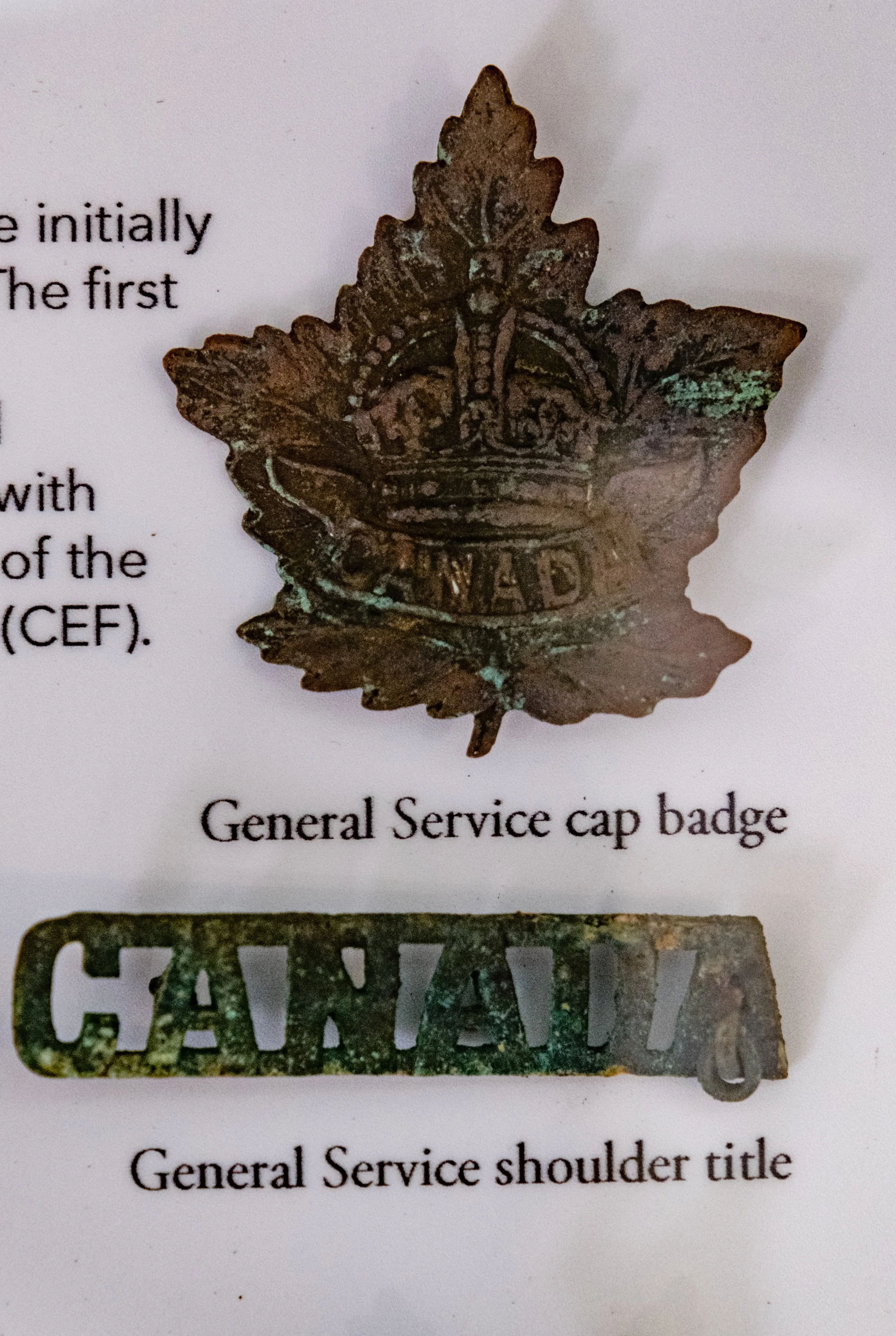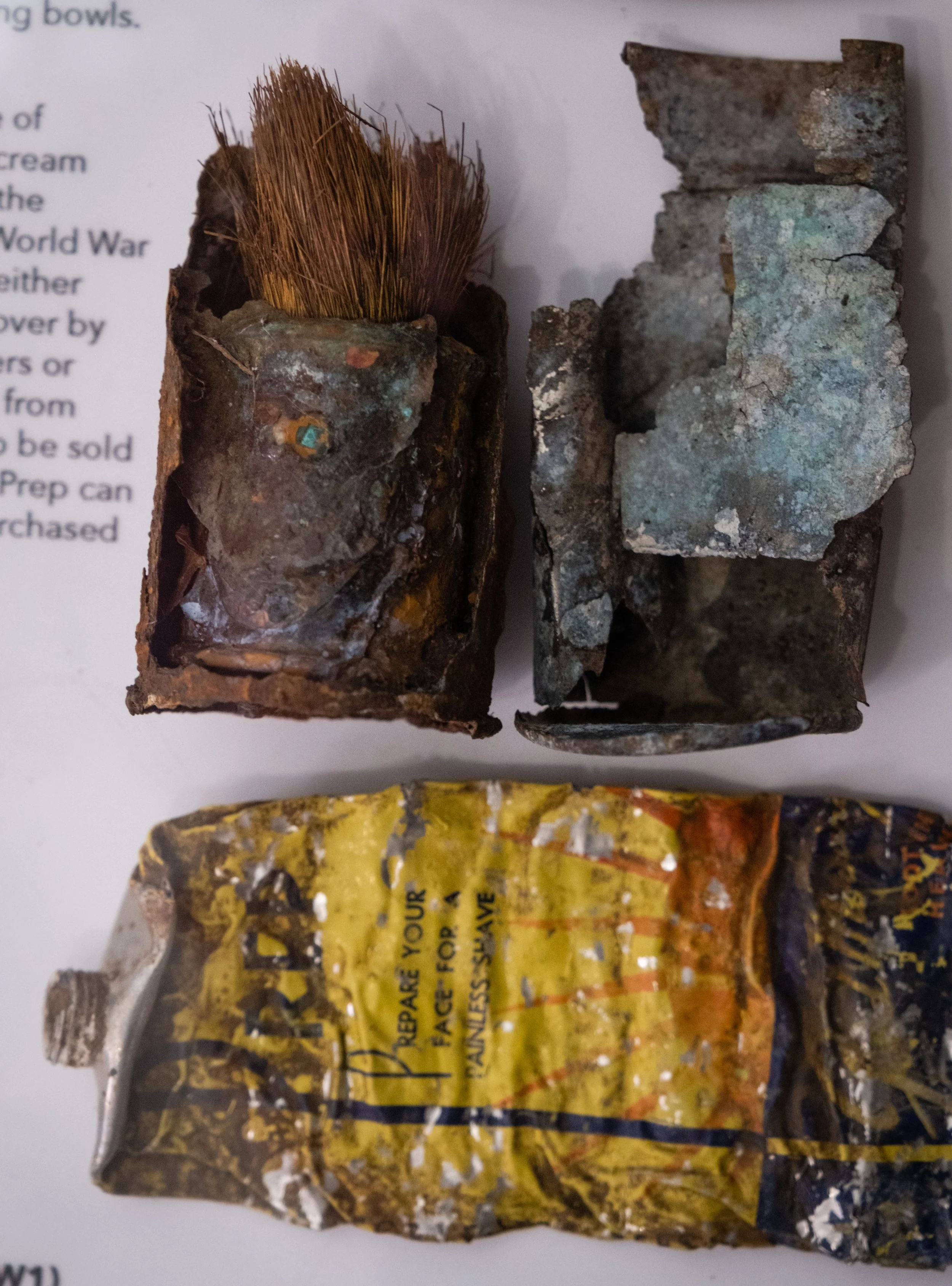Witley Camps in the First World War
Written by Alison Pattison with photography by Matthew Gordon.
In Godalming Museum there is a display of broken china, worn toothbrushes and empty inkpots which I find particularly moving. These items were excavated from the site of the First World War army camps on Witley Common and are poignant reminders of the everyday lives of the men who were based there.
The commons were given over for military use early in the war. At first accommodation was in tents but by the end of 1914, rows of densely packed wooden huts had been constructed. There was a thriving trade in photographic postcards of the camps, and these, along with articles in the local press give us a good idea of what life was like for the up to 20,000 men based there.
The three camps (Witley North, Witley South and Milford) had their own water supply, managed from a water tower which provided a vantage point for many of the photographs. There were efficient sewage and waste disposal facilities, and even an electricity supply, at a time when this was still a rarity in local homes. Training was intensive, but regular half days off gave the men opportunities to enjoy the facilities offered in YMCA huts and in “Tin Town” a row of civilian shops alongside the garrison theatre on the Portsmouth Road (now the A3) in the centre of the camps. Among the finds in the museum are a mouth organ and even an ice-hockey puck, a reminder that from 1915 many of the troops based here were Canadian.
As might be imagined, the camps had quite an impact on local life. In 1917 the Godalming and Farncombe Chamber of Commerce raised funds for a Red Cross ambulance to thank the soldiers for their contribution to the local economy. Friendships and romances were forged and although there was a certain amount of trouble as well, the Rev Collyer of Godalming’s Congregational Church was able to write, “The men who have occupied the camp, for the most part, for the larger part by far, whether they have come from our own northern counties, or our far colonies, have been the kind of fellows we have been glad to meet, glad to have in our homes, glad beyond words for the deep passionate loyalty which has called them in this time of stress to give up everything that to an honourable citizen might be counted worthy, that they might face the hardship and the grim, ghastly conditions of modern warfare, to stand between us and hell.”
A meticulous plan of the camp in 1919, by the Royal Engineers, which is in the museum collection, rather suggests that the army would have liked to hold onto the site at the end of the war. However they had pledged to return the commons and the local community held them to their promise. The huts were removed and the heathland restored. 20 years later the army was back.
Godalming Museum, with the National Trust and the Surrey County Archaeological Unit has a National Lottery Heritage funded project to explore the military history of the commons. One result of this is a new, free, illustrated audio tour of part of the site. To access this, download the izi.TRAVEL app on your phone and search 'Witley Camp'. We recommend that you download the tour before you visit as the internet is not great on site.




